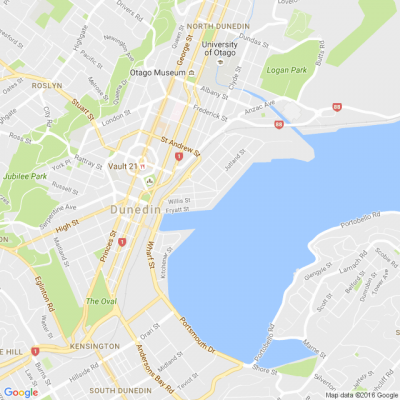
Know what’s happening
Access the private noticeboard for verified neighbours near you. Keep informed about any suspicious activity, send urgent updates to your neighbours when required and discuss emergency planning.
Get to know your neighbours
Browse the directory and start getting to know your neighbours. Don’t want to post to the whole neighbourhood? Send a private message.
Buy, sell and give away
Want to declutter your garage? Buy some used household items? Give away some garden stuff? Become a verified neighbour to browse and post items for sale. Trading is simple when everyone lives nearby.


Thank you for using Neighbourly
You may receive an email confirmation for any offer you selected. The associated companies will contact you directly to activate your requests.
Nicole Mathewson Reporter from Dunedin News
From reporter Hamish McNeilly:
Election advertising from a sitting councillor urging voters to give her a ‘tick’ may render their votes invalid.
Carmen Houlahan is again running for the Dunedin City Council and the mayoralty, under the slogan ‘Carmen 4 Change’.
However, some of … View moreFrom reporter Hamish McNeilly:
Election advertising from a sitting councillor urging voters to give her a ‘tick’ may render their votes invalid.
Carmen Houlahan is again running for the Dunedin City Council and the mayoralty, under the slogan ‘Carmen 4 Change’.
However, some of the first-term councillor’s electoral advertising – including her website – has raised eyebrows, after showing a ‘tick’ next to mayor and council.
That is because Dunedin, like some other centres, uses Single Transferable Vote (STV) in voting for the mayor or city council.
That means you rank your preference by using numbers, not ticks.
Houlahan told Stuff voters could give her a “number one” ranking to avoid any confusion.
Confusingly, a tick – rather than a ranking system – is what you use for the Otago Regional Council, which uses First Past the Post voting system. Both councils’ voting forms were located in the same documents sent to voters.
While Dunedin City Council deputy electoral officer Clare Sullivan could not talk about specific candidates, she confirmed that putting a tick in a box on an STV voting paper could render a vote invalid.
Voting papers for the Dunedin City Council had specific instructions telling voters to rank their preferred candidates.
If a voter ticked only one person for the mayoralty, their intention was clear and their vote would be deemed valid – and counted accordingly.
“But if they have voted for more than one person ... it is too hard to determine which person is the preference.”
A vote would still be valid if a person did the opposite for the Otago Regional Council, so if a person ranked the required number of candidates – rather than ticked – their vote would be counted.
“We would know who you were voting for,” she said.
In 2019 the voter return in Dunedin was 45.6% (42,618 voting papers), excluding special votes.
In that mayoral race, there were 107 informal votes and 504 blank votes. There were 415 informal votes and 522 blank votes for council candidates.
Sullivan said informal votes were ones incorrectly filled out. While it was difficult to say why some people returned blank votes, it appeared some people voted for one council, but not the other.
“Information is unclear as to whether there is less informal, or blank votes under STV.”
But when votes were processed “we do look very carefully to understand the voter’s intention”, she said.

Mei Leng Wong Reporter from NZ Gardener & Get Growing
Dear neighbours, in the October issue of NZ Gardener, you'll see the five finalists for our 2022 Ryman Healthcare Gardener of the Year competition. They've all done amazing things for their communities. You can read about their wonderful work here, and then vote for your favourite.

Join the Lake Dunstan Charitable Trust and Te Tapu o Tāne to plant a portion of 10,000 native trees on the beautiful Lake Dunstan shoreline.
Be a part of restoring the native flora and fauna in this stunning location.
Find out more

Mei Leng Wong Reporter from NZ Gardener & Get Growing
Dear neighbours,
Every month, NZ Gardener runs a series of tested reader recipes using a seasonal crop. We are now on the hunt for new potato recipes, so send your best ones to mailbox@nzgardener.co.nz by Oct 3, 2022.
Every published recipe wins a copy of our special edition Vegetable Growing… View moreDear neighbours,
Every month, NZ Gardener runs a series of tested reader recipes using a seasonal crop. We are now on the hunt for new potato recipes, so send your best ones to mailbox@nzgardener.co.nz by Oct 3, 2022.
Every published recipe wins a copy of our special edition Vegetable Growing Made Easy.
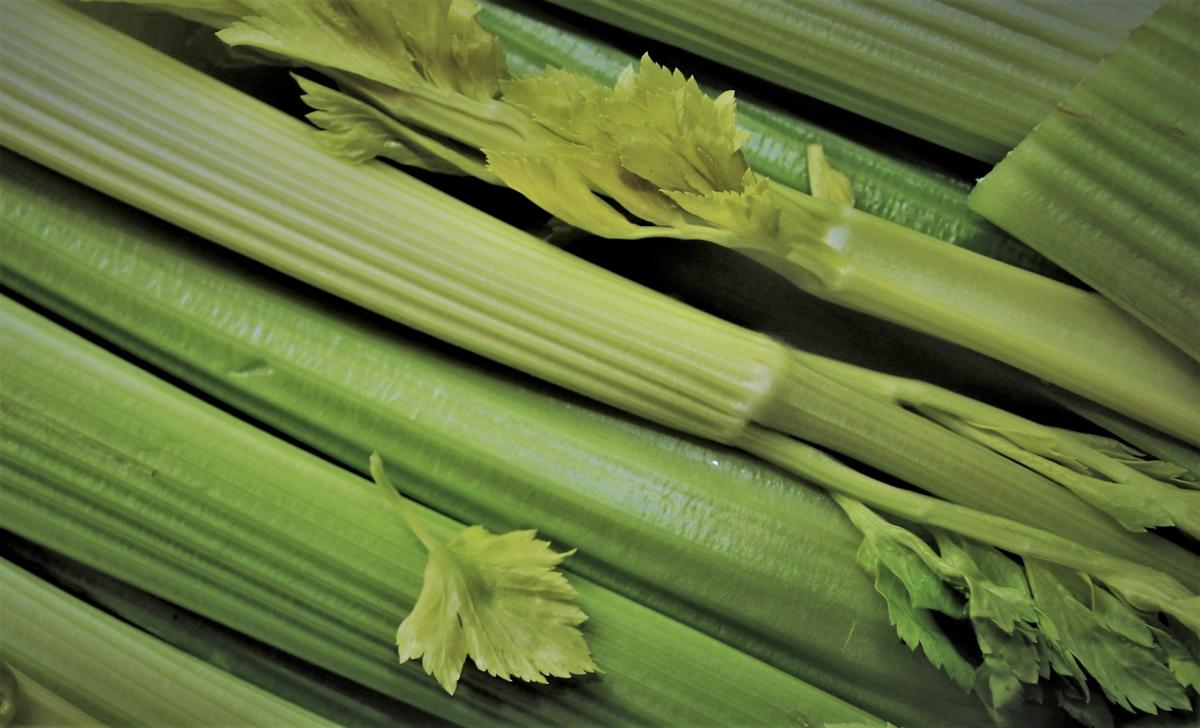
Retirement is an exciting time, filled with possibilities. Our fixed fee guarantee is one of the ways we provide financial certainty. Ryman residents love it as it helps them reduce rising living costs and surprise expenses.
Enjoy the quality amenities at every Ryman village and splurge a little… View moreRetirement is an exciting time, filled with possibilities. Our fixed fee guarantee is one of the ways we provide financial certainty. Ryman residents love it as it helps them reduce rising living costs and surprise expenses.
Enjoy the quality amenities at every Ryman village and splurge a little on yourself if you feel like it! Take up that hobby you’ve dreamed of or plan a holiday somewhere warm.
It’s easy to live life your way when you have freedom to do the things you enjoy. It’s another example of how we’re pioneering retirement living.
Find out more

"I know of no single formula for success, but over the years I have observed that some attributes of leadership are universal, and are often about finding ways of encouraging people to combine their efforts, their talents, their insights, their enthusiasm and their inspiration, to work … View more"I know of no single formula for success, but over the years I have observed that some attributes of leadership are universal, and are often about finding ways of encouraging people to combine their efforts, their talents, their insights, their enthusiasm and their inspiration, to work together." - said during an address to the United Nations General Assembly

This week is Mental Health Awareness Week. We hope you and your family are taking time to Kōrero and create space for conversations about mental health and well-being. A little chat can go a long way!
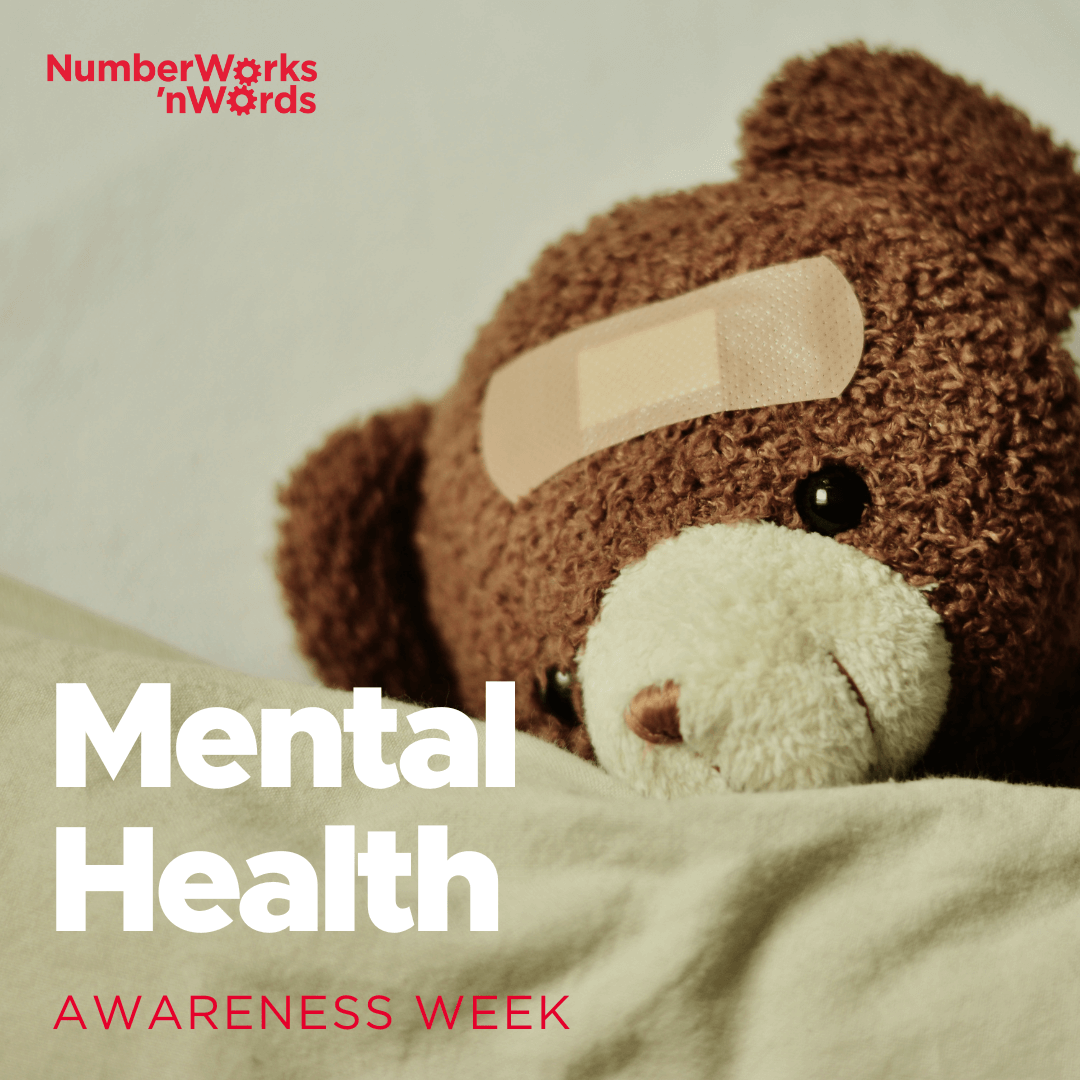
Mehrdad from South Dunedin
Nice solid wood retro desk bought and brought from Dubai
Price: $250
Mehrdad from South Dunedin
Nice good condition California King Bed set with firm mattress. Pottery Barn Brand
Can offer bed sheet and duvet/inner also(+50)
Price: $2,500
Ian from South Dunedin
Probus is Fun, Fellowship and Friendship in retirement and membership is open to men & women who are retired or semi-retired.
Probus provides retirees with the opportunity to connect socially, which is so important in today’s world.
Probus Clubs offer a range of activities including … View moreProbus is Fun, Fellowship and Friendship in retirement and membership is open to men & women who are retired or semi-retired.
Probus provides retirees with the opportunity to connect socially, which is so important in today’s world.
Probus Clubs offer a range of activities including trips and outings for members to enjoy, depending on their interests, lifestyle and location.
Probus Club members meet monthly, to enjoy the company of like-minded fellow retirees and listen to interesting guest speakers.
Probus is a great way to make new friends, learn a
new skill, explore new interests and hobbies in retirement.
To learn more contact:
Mosgiel
Jackie Dalziel, Mosgiel Ladies Probus Club, 027 316 3961 or 489-1584
Darrell Cook, Mosgiel Men’s Probus Club, 425-0262 or 022 493 5530
Green Island-Fairfield
Stewart Alderton, Green Island Fairfield Men’s Probus Club 481-1797
Dunedin South
Nola Vaughan, Dunedin South Ladies Probus Club, 027 455 9935
Jack Holt, The Probus Club of Dunedin South (Mens), 455-6367 or 027 455 455
Andersons Bay -Tainui
Enid Weir, Andersons Bay – Tainui Ladies Probus Club, 455-4299
North Dunedin
Peter Begg, Probus North Dunedin Men’s Club, peabee@xtra.co.nz

The Team from Resene ColorShop Dunedin
Simple stripes create stunning results with these great craft ideas. Brighten up some old napkins (or plain new ones) with eye-catching designs inspired by traditional patterns using Resene paint. Plus paint your own height chart and Ti rakau.
Find out how to create your own.

Nicole Mathewson Reporter from Dunedin News
From reporter Hamish McNeilly:
The repatriation of taonga should not be treated as a ‘’moment of loss’’ for a museum.
Those comments come from Dr Gerard O’Regan (Ngāi Tahu), curator Māori at Tūhura Otago Museum, which has announced two significant repatriation of museum acquired… View moreFrom reporter Hamish McNeilly:
The repatriation of taonga should not be treated as a ‘’moment of loss’’ for a museum.
Those comments come from Dr Gerard O’Regan (Ngāi Tahu), curator Māori at Tūhura Otago Museum, which has announced two significant repatriation of museum acquired artefacts in as many weeks.
The first of those repatriated taonga was a taiaha (a long wooden weapon), returned to Ngāti Maniapoto as part of the iwi’s Treaty settlement, after the museum received advice from local rūnanga.
On Tuesday, the museum announced it would also be returning six cultural artefacts, including a kalpunta (boomerang), palya/kupija (adze) and a selection of marttan (stone knives), which are of Warumungu origin, from Indigenous Australians of the Northern Territory.
A few months ago the museum board decided to repatriate a lintel, a carved piece of wood above a door, to Ngāti Kahungunu.
‘’Under the repatriation process a whole lot of taonga are having their time in the light ... and that is where they are doing their work in terms of connecting us back to our people,’’ O’Regan, who has worked in heritage management for three decades, said.
‘’That is why when we look at repatriation we should not look at it as a moment of loss but a moment where we can actually get hold of a whole lot of stories and interrelationships and bring them together ... and create a moment.’’
The items were more than just artefacts in a museum, but treasures or taonga, O’Regan said.
‘’When you start talking about things as ‘treasures’ or taonga, people have to treasure them, and that is about who has connection to them ... who they are important to.’’
Canterbury Museum head of collections and research Sarah Murray said the museum had been involved in several repatriations in recent years.
In July, it was one of five New Zealand museums that returned Moriori karāpuna (ancestors) to the Hokotehi Moriori Trust (Rēkohu/Chatham Islands) in a national repatriation ceremony at Te Papa Tongarewa.
In May, the museum returned three iwi kūpuna (Hawaiian ancestral remains) to Hawaii, and also repatriated tīpuna to Rangitāne in 2009, Rapa Nui in 2018 and Confederated Tribes from the US Northwest in 2019.
Active discussions about repatriating kōiwi tangata (ancestral remains) and taonga were continuing, Murray said.
The museum worked closely with mana whenua and Ōhākī o Ngā Tīpuna, its iwi advisory group, as well as other New Zealand museums as part of the Ngākahu National Repatriation Partnership.
From the early 1970s, the late Maui Pomare was involved with international repatriations, as part of his work at the National Museum and which led to the return of 37 tūpuna (ancestors).
Since July 1, 2003 until May 1, 2017, Te Papa repatriated 420 Māori and Moriori ancestral remains from overseas institutions, with an estimated 600 remaining offshore.
In 2020, four toi moko (ancestral heads) were returned from Germany.
O’Regan said one of the first significant items repatriated from Otago Museum was the wharenui Mataatua – a fully carved Māori ancestral meeting house, which had toured the world before spending 70 years at the museum.
In 1983, the Ngāti Awa trust board began negotiating its return, and it was finally restored and reopened at its Whakatane site in 2011.
And the recent items would not be the last items to be repatriated, with the Otago Museum in ‘’ongoing conversations’’ with North Island-based iwi over other significant items.
O’Regan said it was important to view the story behind each taonga before any meaningful repatriation could be made.
‘’At the moment we are focused on taonga going away, but at some point there will be other taonga finding their way back here.’’
Some repatriation discussions in New Zealand centred not around artefacts, but around ko iwi (ancestral bones).
The museum took the view that if the bones were known to be ‘’from our tribal area, it is our responsibility to look after them’’.
And the museum, alongside the Southland and Canterbury Museums, would continue to store those ko iwi, which are under the management of Ngāi Tahu, until a decision about their future was made.

Nicole Mathewson Reporter from Otago News
From reporter Debbie Jamieson:
A new Central Otago airport based in Tarras would be reliant on mass inbound tourism to be viable, Queenstown Airport chief executive Glen Sowry says.
“Do the communities of Queenstown Lakes District and Central Otago want that level of mass inbound tourism … View moreFrom reporter Debbie Jamieson:
A new Central Otago airport based in Tarras would be reliant on mass inbound tourism to be viable, Queenstown Airport chief executive Glen Sowry says.
“Do the communities of Queenstown Lakes District and Central Otago want that level of mass inbound tourism that is required to justify that airport?” he asked.
“Every conversation I’ve been part of and privy to, the answer to that is ‘no’.”
Sowry was talking as Queenstown Airport Corporation prepared to publicly launch its first 10-year plan.
The plan recognises that Christchurch International Airport Limited (CIAL) is investigating the feasibility and establishment of an international airport at Tarras but assumes it will not be developed before 2032
Sowry said travellers saw enormous value in being able to fly in and out of Queenstown.
“It is close and convenient. The location and amenity Queenstown Airport offers are very attractive.”
Despite the recent resignation of CIAL chief executive Malcolm Johns, CIAL chairperson Catherine Drayton said the organisation would focus on growth including “intergenerational projects such as the Central Otago airport project”.
CIAL project director Michael Singleton said demand to and from Central Otago would continue to grow.
“Central Otago’s need for new airport infrastructure has been talked about for decades – and not just by us.
“Covid-19 has not taken away the limits on the area’s airport capacity – it’s just changed the timeframe on when they will be reached,” he said.
The 10-year Queenstown plan precedes the preparation of a 30-year masterplan, which will provide more specifics on how the airport will achieve its goals.
The masterplan process will include public input and would replace a 2018 plan, which resulted in a huge backlash from the public that owns three-quarters of the airport via the Queenstown Lakes District Council.
The corporation has since pulled back on contentious issues within the 2018 plan.
It’s intention to introduce more flights to Wānaka Airport was quashed when a High Court Judicial Review found the corporation’s 100-year lease of Wānaka report was unlawful.
The plan to increase noise levels and more than double the number of passenger movements at the airport to over five million by 2031 was so unpopular it was dumped by Sowry soon after he started in the role.
The slow-down in international tourism from Covid-19 has reduced pressure on Queenstown Airport, and the 10-year plan shows capacity to continue growing within current noise boundaries.
Air New Zealand flight NZ1209 from Auckland lands in Queenstown, welcomed by Queenstown Lakes District Mayor Jim Boult, Clutha-Southland MP Hamish Walker, and Queenstown Airport Corporation chief executive Colin Keel.
In 2018 and using pre-Covid-19 growth rates, previous airport chief executive Colin Keel estimated the airport would reach capacity in its noise boundaries around 2022.
However, the number of passenger movements peaked in the year ended June 2019 when there was 2.3m passenger movements (or 1.15m arriving) passengers.
That dipped to 1.1 million in the last year. Forecasts now project 3.2 million passenger movements in the financial year ending June 2032.
The plan anticipates these numbers will be achievable within the current noise boundaries.
Airlines use of “new engine option” (neo) planes could increase capacity at the airport by another 25%, Sowry said.
Air New Zealand and Qantas are already including the planes in their fleets. They use 15% less fuel, are quieter and carry more passengers.
Sowry said the 10-year plan was written to reflect the “sensitivities and concerns” of the community, but also apply a responsible view of the biggest economic asset the region owns.
Increasingly that was about delivering those principles in an environmentally sensitive manner, he said.
The plan includes an intention to achieve carbon neutrality in the coming year, and net-zero by 2040, within the airport.
With the bulk of carbon emissions coming from aircraft, the airport would look to support the “highly motivated” airlines and aircraft manufacturers looking to run electric aircraft and those operated by alternative fuels.
It also contains an intention to develop airport owned land to diversify revenue, including moving the general aviation hub and creating commercial and industrial developments around Queenstown Airport.
The corporation also owned 148.5 hectares of land surrounding Wānaka Airport, which was leased for farming activities and to NASA for their superpressure balloon launches.
There were no plans to further develop that land.

The Team from Red Cross Shop Dunedin
Come and fill a bag for $2 on all pink and orange marked down clothing at the Red Cross shop this week.
Sale ends this Saturday to make room for new Spring 🌼 stock

 Loading…
Loading…
Are you sure? Deleting this message permanently removes it from the Neighbourly website.
 Loading…
Loading…

 $3,300,000
$3,300,000



 Marketed by Ray Kean
Marketed by Ray Kean
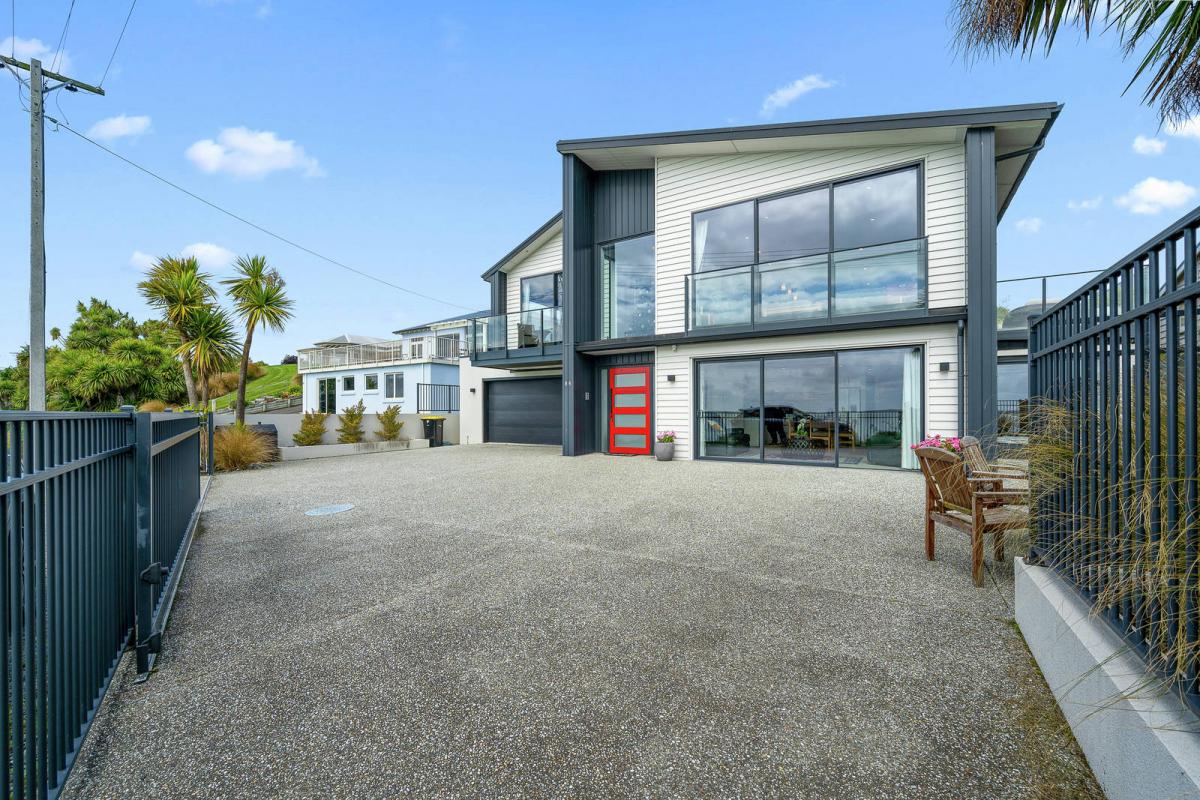
 Deadline Sale closes Wed 15 Jan 2025 3.00pm (USP)
Deadline Sale closes Wed 15 Jan 2025 3.00pm (USP)



 Marketed by Bruce Thomas
Marketed by Bruce Thomas

 By Negotiation
By Negotiation



 Marketed by Terry Spice
Marketed by Terry Spice
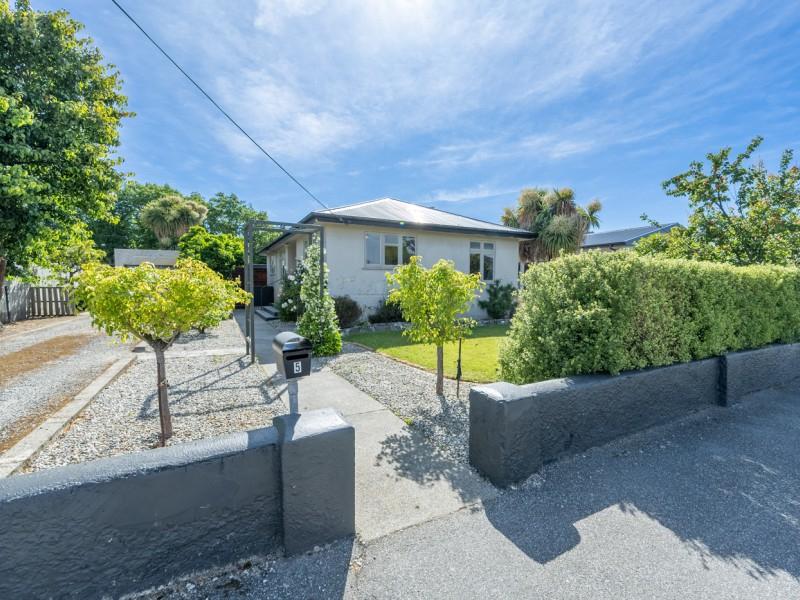
 Buyers $595,000+
Buyers $595,000+



 Marketed by Carol Stafford
Marketed by Carol Stafford
© Neighbourly 2025
